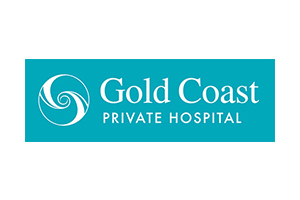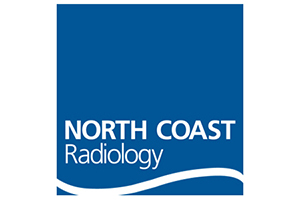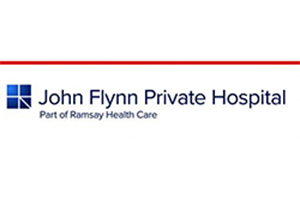How much does the Government spend on each Australian in the current financial year, and what might this increase to over the next 40 years?
If asked in a trivia quiz few participants would get close to the ball-park figures. The answers are, respectively, $22,420 in 2021-22, increasing to $38,680 by 2060-6, with total government spending as a share of the economy projected to fall from a “pandemic-induced high”, before gradually increasing as a share of the economy over the next 40 years.
While not intended as a pub quiz Q&A to test our knowledge about what makes Australia tick, financially at least, the fifth Intergenerational Report (the last was in 2015) is a fascinating insight into how the government raises and spends money, and views future developments. Not least is the finding – no surprise here – that health and aged care are projected to be the fastest growing areas of spending over the next 40 years.
Among the standouts are the outlay on the MBS - expected to rise by 70% in the decade to 2031-32 - with federal health costs generally to rise by some 50% in the next 40 years. It’s the familiar story – we’ll live longer, hence sicker, the costs of treating us, or caring for us in old age, will be higher, and we will be ever more demanding on services, many of which haven’t even been thought of yet.
Interestingly, and one suspects unrealistically, spending on the PBS is projected to only increase from $540 to $590 per person over the ensuing decade. This, despite more costly medications being approved, often as a result of clinician or public lobbying?
“Growth in these areas reflects pressures from the ageing of the population as well as non-demographic factors such as technology, changing consumer preferences and rising incomes,” the report notes.
“Strong growth in health and aged care spending is partially offset by slower growth in payments to individuals, Age and Service Pension, and education spending. While these will remain substantial components of government spending, they are expected to account for a smaller share of total spending over time.”
In a period of record low interest rates, it goes on to say that, “Interest payments are projected to increase over the next 40 years. This results from the need to fund higher spending over time as well as an assumption that government bond yields will return to higher rates in the long term.”
The crystal balls must have been glowing at the Treasury headquarters in Canberra.
But back to health…
The federal government is the largest single source of funding for the system, providing around 41 per cent of total health spending. State and local governments contribute around 27 per cent, with private contributions making up the remaining 32 per cent.
“In Australia, health spending has generally grown faster than the rest of the economy over the past 40 years. This trend of rising health spending as a share of GDP can be attributed to demographic and non-demographic factors. These factors include an ageing population, rising incomes and technological advancement.
“The response to COVID-19 has had a significant effect on near-term health spending and has seen the introduction of technologies, like telehealth, that will shape the health system and public consumption into the future.
“Australian Government health spending is projected to continue to increase as a share of GDP from 4.1 per cent in 2018-19 to 6.2 per cent in 2060-61. Real per person health spending is also projected to increase from $3,250 in 2018-19 to $3,970 in 2031-32, continuing to grow to $8,700 in 2060-61.
“This spending varies by age with people aged over 55 years using the health system at a higher rate than the average person.”
Funding for public hospitals is projected to be the fastest growing component of Australian Government health spending, nearly doubling in nominal terms between 2020-21 to 2031-32. In real terms, Australian Government funding for public hospitals is projected to grow from $880 per person in 2020-21 to $1,190 per person in 2031-32.”
The figure seems a misleading one, given that public hospitals are predominantly state funded, and even a single night in one costs the taxpayer, or the health fund, or the patient, or a combination thereof, a good deal more than $880. And that’s not factoring in infrastructure or equipment upgrades.
Aged care and disability services, much in the spotlight because of the recent Royal Commissions, merit their own sections, although less exhaustive than that on health.
The former notes, “The number of older Australians requiring aged care services is expected to increase as the population ages. In the near term, the impacts of the baby boomer generation moving into their 70s and 80s will be particularly marked…
“The number of people aged 70 and over is expected to more than double over the next 40 years, reaching around 6.9 million people by 2060-61.”
More support for at-home care will be a key factor.
Although the document is primarily statistical rather than political, specific mention is made of the alleged rorting of the disability care system, a matter that the Morrison government seems determined to address through ‘independent’ assessments of potential NDIS clients, a move widely opposed.
“Recent analysis by the NDIA found those with higher socio-economic status tended to receive higher plan budgets,” the Intergenerational Report notes.
“This is most likely due to the cost of obtaining evidence to prove functional ability. The Australian Government is consulting on the best way to resolve issues of fairness and consistency.”
Time will tell as to whether this can be pushed through the Parliament. Outside the Government, enthusiasts are in short supply.
However bland and dispassionate it may appear, the document is infused with politics, with its release handled by the Treasurer, said by pundits to be the Prime Minister in waiting, shortly before Parliament adjourned for the Winter recess. However, that’s not to say the questioning won’t resume when the caravan returns to Canberra and the Opposition and the media has had time to more closely examine the report’s entrails.















